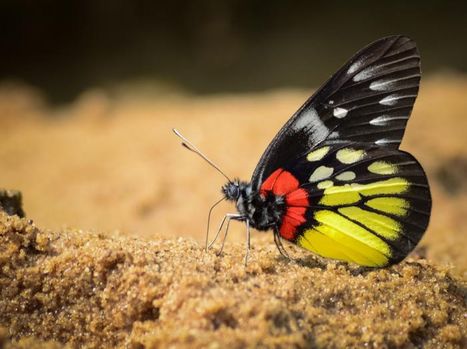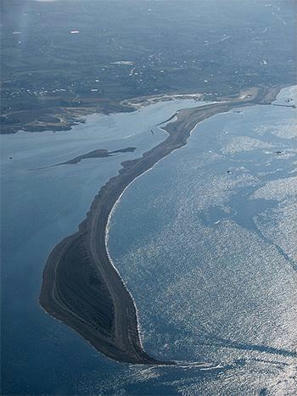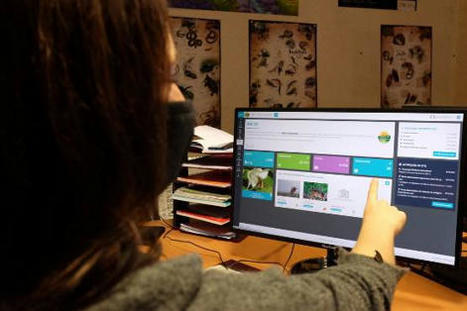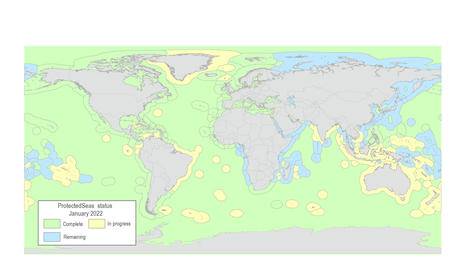Une étude réalisée par une équipe de l'Université de Queensland en Australie, et parue dans la revue BioScience, montre l'importance de Facebook dans les études des points chauds de la biodiversité. Ces points chauds sont des lieux cruciaux dans le monde : ils comptent environ 50% des espèces (animales ou végétales), enregistrent une pression anthropique forte (pression liée aux activités humaines) et se concentrent sur 1,4% de la surface de la Terre.
Research and publish the best content.
Get Started for FREE
Sign up with Facebook Sign up with X
I don't have a Facebook or a X account
Already have an account: Login
Revue de presse et du net par le Pôle de partage des connaissances S&T de l'Office français de la biodiversité
Curated by
DocBiodiv
 Your new post is loading... Your new post is loading...
 Your new post is loading... Your new post is loading...
|
|




















Shawan Chowdhury, Upama Aich, Md Rokonuzzaman, Shofiul Alam & al., Increasing biodiversity knowledge through social media: A case study from tropical Bangladesh, BioScience, Volume 73, Issue 6, June 2023, Pages 453–459, https://doi.org/10.1093/biosci/biad042